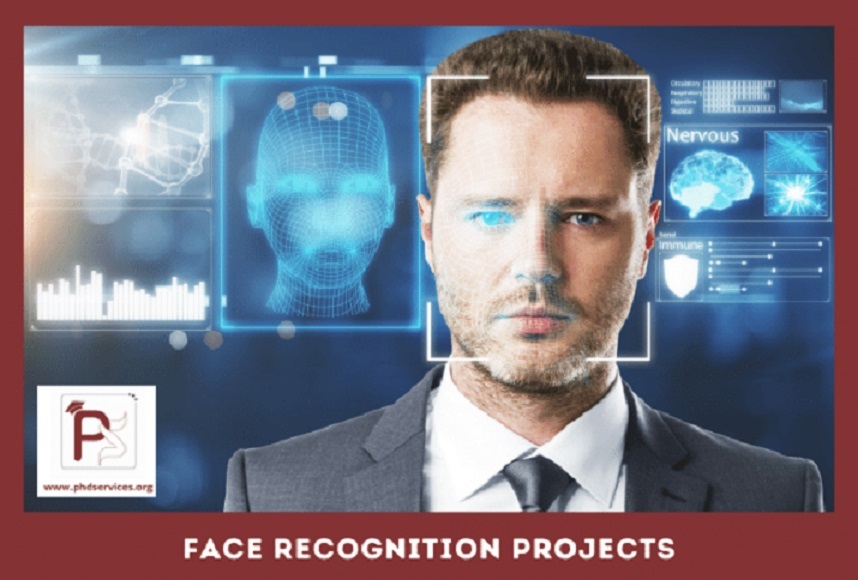Biometric technology has unquestionably justified its hype in the digital world. Numerous industries already use biometric face detection, and by 2026, it is expected that the business would increase to a value of 11.62 billion dollars. Facial recognition technologies are now employed by banks during client onboarding due to continuous technological improvements. Law enforcement organizations use this verification solution to identify and stop fraud, as well as track employee attendance and time.
All businesses are striving hard to satisfy customers. For this, it is essential to provide users with improved experiences, practical procedures, and cutting-edge technologies. Businesses may confidently offer all these advantages by utilizing biometric face recognition online.
Facial Recognition Online at a Glance
Companies may verify consumers by examining distinctive facial features due to biometric face recognition online software. The system can analyze features like the length of nose, the shape of eyes, the distance between two eyes to verify identifiers using machine learning.
How is Face Recognition Online a Great Bet for Industries?
-
Automation
Manual verification processes are used in a conventional setting. In order to have an employee verify their ID documents, they must physically visit an office. However, with the development of automated alternatives, the manual procedure to face scan identity is quickly becoming obsolete.
Any human error brought on by manual operations can be readily prevented with artificially intelligent systems. They improve the accuracy and speed of the verification process. Furthermore, online face verification allows for distant identity verification. This is especially advantageous because so many companies are moving toward digital business strategies at this time. As a result, it maintains both resources and time efficiency.
-
Identification of Fraudulent Activities
Scammers are constantly searching for flaws and gaps in financial firms. They obtain financial rewards, health insurance, and other benefits by stealing private client information. The FTC received 1,387,615 reports of identity fraud in 2020. When compared to the year 2019, this represents a huge increase.
Fraudsters exploit stolen identity information to create phony documents. Such harmful efforts are quite prevalent using manual verification processes. Biometric client face verification makes use of AI algorithms that can swiftly identify odd patterns, altered or false documents, and con artists who spoof the system with 3-D face masks. Such effective protection systems enable the swift weeding out of false identities. As a result, the business is strengthened, which encourages clients to keep using the company’s security services.
-
Easy Integration
Customers select the items that give the best degree of convenience out of the many services that are currently available. The ideal mix between customer satisfaction, data confidentiality, and security is achieved with facial biometrics. Businesses need not worry about the annoyance because facial recognition technologies can be simply linked to smart devices like mobile phones. How does this support customer retention? Well, it does so by providing safety to customers. Clients prefer businesses that have stronger security processes in place because data privacy is indeed a concern across all industries nowadays.
-
Quick Account Registration and Client Onboarding
Contactless procedures became necessary for clients as the pandemic ravaged businesses all around the world. Online firms started using face identification software for quick and distant customer onboarding as the social distance became necessary. In this approach, there is less need for physical touch and the customer can be identified by their distinctive facial traits. As a result, the whole Know Your Customer (KYC) procedure is simplified.
-
Accurate Authentication of Digital Identities
The capability of biometric face verification technology to deliver extremely accurate verification findings, and that too in real-time, is what makes it successful. Face-recognition technology can determine if an online persona is real or not by using elements like liveness detection as well as 3-D depth analysis. Any spoof attempts, including the use of manipulated photographs, and 3-D face shields, are quickly identified during this. In turn, this protects current clients from outside dangers and fosters the development of a safe, and reliable connection between the company and its clients.
Final Thoughts
Face verification technology is advancing, and future years are expected to see even more rapid expansion. The market for identity verification is quickly moving from fingerprinting to face recognition online. Technology is now more effective at preventing fraud due to artificial intelligence. Machine learning techniques that support robust face verification, can assist the business in creating a safe customer onboarding procedure. The verification solution completes the procedure in no time as well as yields results that are more accurate. It can undoubtedly assist businesses in adhering to the KYC (Know Your Customer) and AML (Anti Money Laundering) rules introduced by regulatory authorities.
Featured Image:



